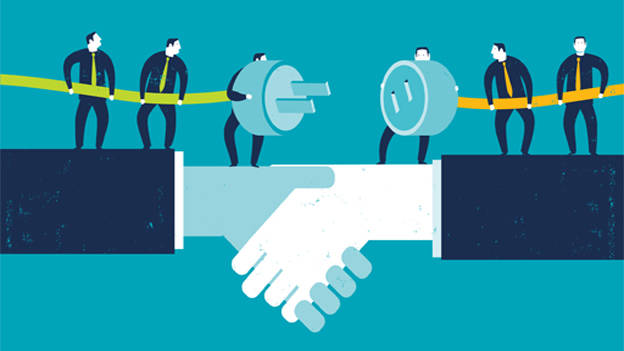Employee engagement in the time of the hybrid workplace

The world of work is undergoing dramatic and cataclysmic changes. The turbulence caused by the pandemic made WFH pervasive, impacting organisational work culture in subtle and not-so-subtle ways. The traditional idea of keeping employees consistently enthusiastic for work and the workplace has taken a turn into hitherto unchartered territories, with most employees operating from their hometowns instead of localized office settings. This has complicated the already tricky conundrum of talent management, employee engagement and employee satisfaction.
As some semblance of normalcy returns, organisations have begun evaluating ways for the best return to work strategy and how they should drive employee engagement while driving the right balance between remote/in-person work. It wasn’t easy for any of us to shift to permanent remote working in early 2020 and it is again breaking the routine and taking an uncomfortable step towards regular office in the coming days. This has increased with a small amount of scattered COVID cases rising in some parts of India. While hybrid workplaces enable flexibility and accommodate employees' aspirations, it presents opportunities and challenges for continuous employee engagement. It is anticipated that nearly 70% of companies based in the US and Europe will adopt a hybrid work model as a longer-term business strategy.
As leaders across the value chains consider the long-term impact of hybrid work engagement and cohesiveness, one might observe a few critical differences in the changing workplace paradigm.
Robust investment in communication channels
There is no denying the importance of continuous two-way communication in modern workplaces. With a hybrid workforce, including a mix of those who can physically meet and engage with each other and those who work most of the time remotely, access to different communication channels can help keep engagement levels high. Encourage managers to connect 1-on-1 and in groups and facilitate meaningful conversations within the teams. For example, informal break spaces to formal break rooms on physical or virtual platforms allow employees to feel connected. So, having powerful yet streamlined ways to communicate helps employees better engage with each other and the organisation.
Reinforcing culture
Given that culture is foundational to an organisation and helps in stemming attrition, reinvention and innovation are the names of the game. While culture is always a complex subject, it is more so without face-to-face interactions and group communications/activities. Beyond business goals, a valuable culture that supports cross-functional and cross-hierarchical collaboration becomes necessary when adopting the hybrid model. Equip managers to take active ownership of the new dialogue/messaging/communication rather than simply broadcasting, delegating, and organising open discussions. Organisations (and managers) who are empathetic to the needs/concerns/challenges of employees, especially in a remote setting, will earn loyalty from employees
Level the playing field
Equal opportunity is not a matter of debate in corporate circles any longer. To increase productivity, find the points of motivation for your employees. Answer what, why, and how without impacting the confidence and needs of your people. Continue reimagining the hybrid world and expand the borders of adaptability. HR leaders will have to develop learning plans that meet employees' expectations who work in-office and remotely. A learning journey that is agnostic to where the employee works from can help elevate employee engagement significantly. Both digital and offline learning plans will allow them to gauge their own and the company's expectations from them.
Pay attention to details
No playbook exhaustively covers the world of human experiences, but as the world rapidly transforms, it is essential to make employees comfortable and connected to their team and organisation. The tricky part is measuring the success of a hybrid workplace, which can be done by two standards, intuition and intention. Utilise surveys and feedback by asking the right questions to keep fine-tuning the chosen path. An engaged team is directly proportional to the success that they drive. Technology can play a huge role and enable quick interventions and adjustments
Meaningful recognition of achievements
Ensuring that employees get visibility with meaningful mentions and rewards allows them to showcase their development and not stagnate in their roles. This becomes super-critical as it is easy to miss outstanding performance and performers given the hybrid scenario. Also, smaller and more nuanced recognition schemas will be needed to ensure continuous recognition. It is therefore essential to reimagine R&R and roll out programs that resonate with the demands of the new age.
There are no global best practices or axioms to follow. Each organization needs to design customised engagement strategies to keep its employees happy, motivated, and connected with the company.












